F-Zero X has just been released for the Nintendo Switch Online Expansion Pass, so we thought now would be a great time to look back on the Nintendo 64 original and not only ask if it still stands up to modern scrutiny, but also if a sequel would be welcomed?
Hold F-Zero to pay respects
F-Zero X was released for the Nintendo 64 (N64) in 1998 and was the first F-Zero game to feature 3D graphics. Pitched by Nintendo as a 26th-century racing series held to entertain bored corporate Billionaires, the F-Zero series (duly named to be above F1 in the race series rankings) is very much focused on speed and action, and the N64 incarnation delivers in this respect.
Thankfully, the storyline takes a back seat to the action.
Although critics loved the rip-snorting speed of the game, F-Zero X came under fire for its low graphical fidelity – with the N64’s infamous fog obscuring a few rough edges.
However, the fog, the simple vehicle designs and the low-resolution textures resulted in a buttery-smooth 60fps and helped produce gravity-defying tracks that were a real treat for the late 90s console player.
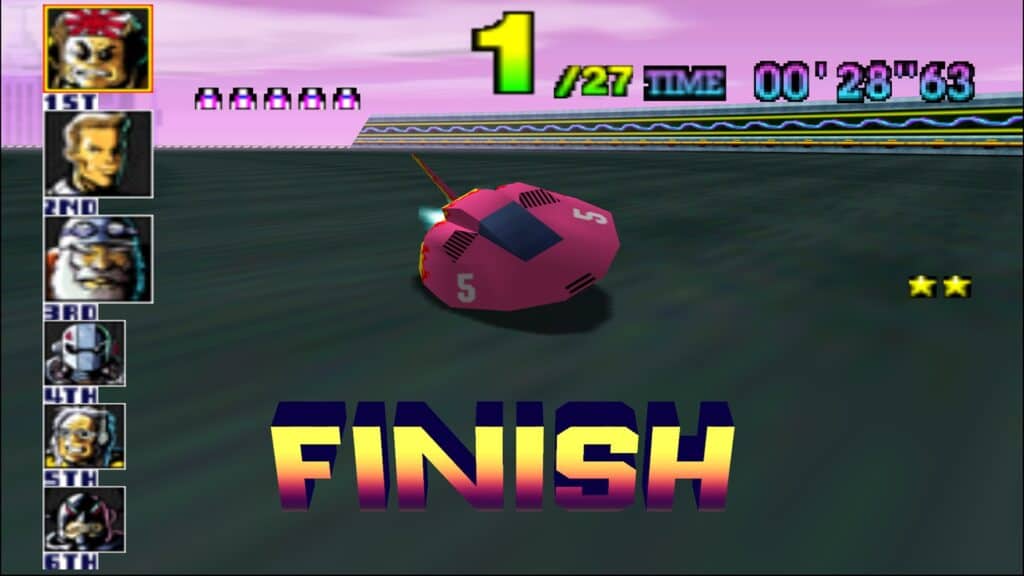
Released at a time when wipEout on the PlayStation defined the futuristic racing genre (if that’s even a term!), how well did F-Zero X compare without a ‘cool’ aesthetic or fully-licensed soundtrack?
And after 18 years without a home console sequel (not counting F-Zero Climax for the Gameboy Advance in 2004) is it about time this was rectified?
F-Zero = faster than the speed of sound
Most of the ships you pilot in F-Zero X can easily hit speeds of over 1,000 km/h, and in certain cases top out at 2,000km/h+, meaning you need cat-like reflexes to beat the opposition on harder difficulty settings.
Some of the tracks feature pipes, tunnels, and huge jumps, which can all be flown around, on, and through, and one wrong move can see your ship flying off-track and into Mute City below. Couple this with sheer speed and the action fizzes along nicely, producing an intoxicating experience.
The music also shreds along at breakneck speed; guitars squealing an octave higher than necessary, accompanied by the thump-thump-thump of a double bass pedal. After a few years since my last playthrough, the soundtrack feels familiar, and in some ways, ageless.
Well, I guess thrash metal has never been in fashion, but the genre might reach maturity in the 26th century? Maybe…
House of cards
F-Zero X has three cups to take part in – Jack, Queen, King – followed by the unlockable Joker Cup. Once this is complete, players unlock the X Cup – where all the tracks are randomly generated.
This is a great idea in principle, but in my experience the tracks tend to be tight and twisty, lacking features like pipes and tunnels that make earlier circuits so interesting. There’s also a battle mode, where the goal is to destroy all your opponents as quickly as possible along a straight, looped course.
This is the under-appreciated violent side of F-Zero – and a side you definitely need to show on harder difficulty levels. A quick double tap of the R or Z-trigger will make your ship perform a shoulder charge that can easily ping a rival off the track and into oblivion.
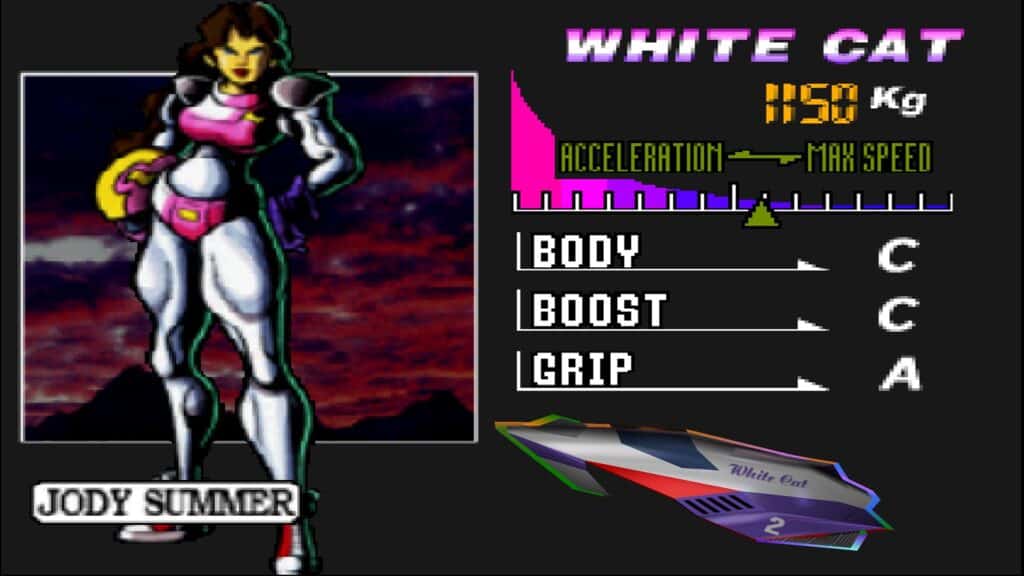
However, the most effective method for destroying multiple opponents is the lethal spin attack. By holding one of the trigger buttons, followed by a quick double-tap of the other, your ship spins on its axis, dealing out punishment to any rivals unfortunate enough to be nearby.
This is especially effective on narrow tracks with slow turns, where a spin attack into the bunching field can claim a handful of victims.
Energy crisis
Since each ship has an energy bar that drains while using boost (press B to give your ship a temporary injection of speed), F-Zero could be played tactically, as each vehicle has different strengths and weaknesses.
Some were massively quick at the top end for example but lacked body strength to fight off incoming attacks. Do you use all your boost to streak ahead of the pack, but leave yourself vulnerable to attack? It was the ultimate game of jeopardy, but your ship’s energy could at least be recharged every lap.
If only driving a Tesla was like this.
Holding the Z or R triggers also deployed an air brake, and using this method expert players could set some incredible lap times (albeit using some cynical wall-riding techniques).
There are standard Time Attack and Practise modes, but – being an N64 game – the VS multiplayer mode a was hugely-important feature. I remember playing F-Zero X with friends and being blown away that the sensation of speed was maintained even when the screen was split four ways.
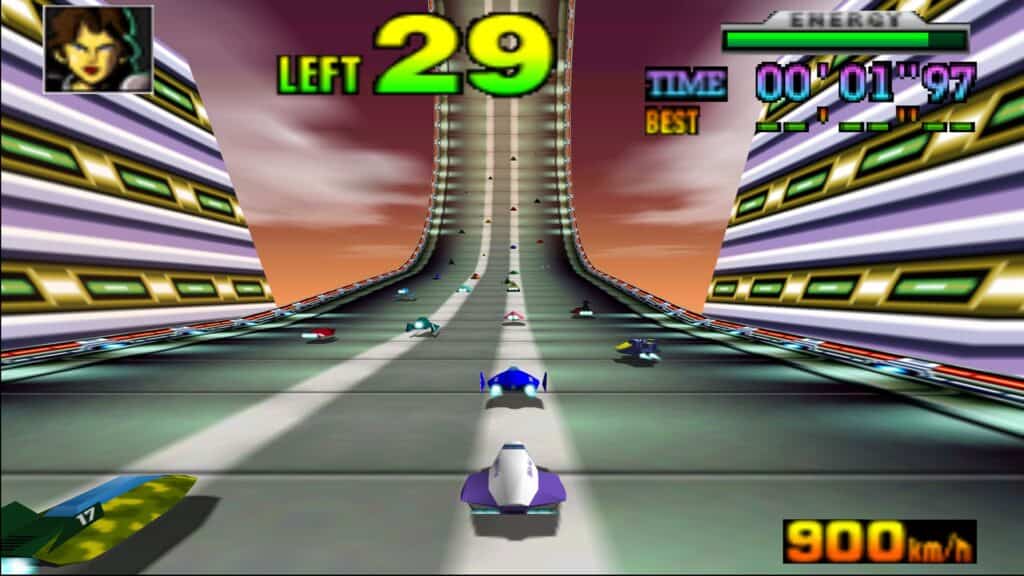
There’s a caveat to that, however, as only a total of four ships could appear on track in multiplayer. Also, as a neat feature for any retirees, they could take part in a game of roulette to try and hinder the players still in the race – kind of like when someone uses the blue shell powerup in Mario Kart. Sneaky.
Unfortunately, my friends didn’t enjoy F-Zero as much as I did, so we quickly went back to four-player Goldeneye instead. However, Goldeneye’s notoriously choppy framerate in multiplayer became ever more obvious after the smoothness of F-Zero.
Expand your horizons
As a neat little extra, F-Zero X received a nice little update in the form of the F-Zero X Expansion Kit, which arrived for the ultra-rare* N64 Disk Drive (DD) in 1999. This updated the game with a track and vehicle editor, plus two cups, three ships and new music.
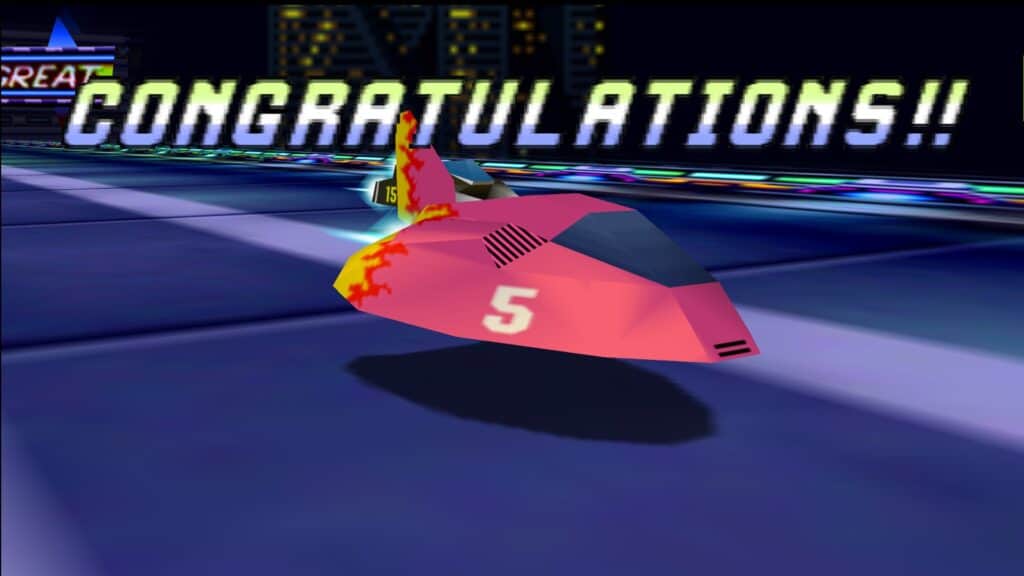
The vehicle and track editor were welcome additions to a game light on personalisation options, and the course editor was essentially the same program the developers used, so no more horrendously bland X Cup creations!
Sadly, however, the N64 DD was a commercial flop when it was released in Japan, so wasn’t released anywhere else, and sadly doesn’t appear in the Switch version, but who’s to say it won’t appear at a later date? Over to you, Nintendo…
Zero-ing in on a conclusion
After getting reacquainted with F-Zero X all over again recently, I can absolutely say it stands up as a fun game today, and has aged far better than contemporaries such as the early wipEout titles. The big reason for this is perhaps the flaw critics berated it for back in 1998 – simplistic graphics.
The game sacrificed visual clarity for guaranteed 60fps action. Try the first wipEout today for example, and you won’t have a good time, with jaggy textures popping in and gameplay slowing down when the action heats up.
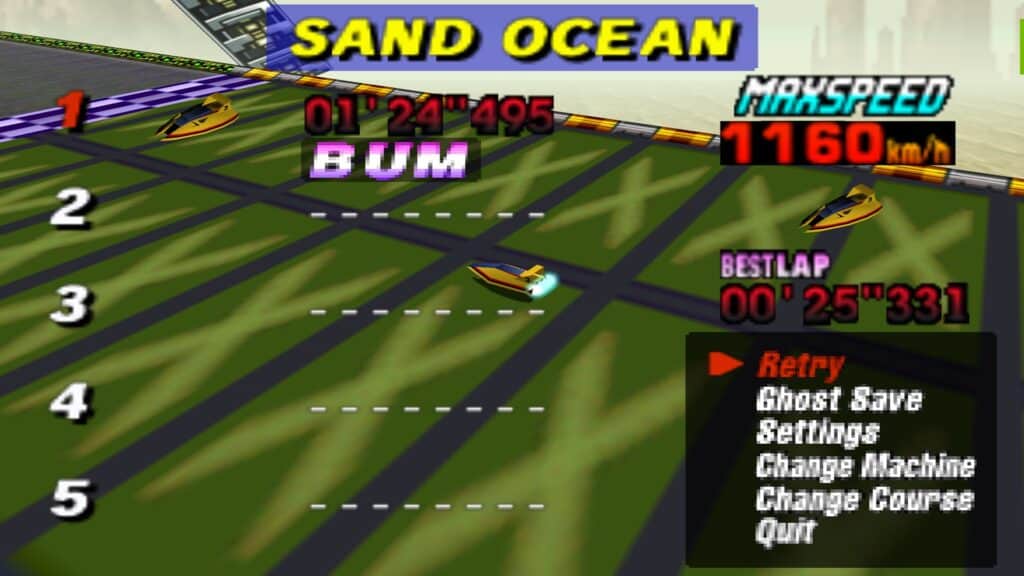
As a first foray into the third dimension for the series, F-Zero X set the template for the GameCube versions – F-Zero GX and AX – and much like Super Mario 64 still holds a timeless quality that only a well-designed game can offer.
And that’s why I’m getting ready to enter the 26th-century again thanks to its release on Switch today (11th March). That’s my weekend plans sorted…
*Extremely apt phrase for an N64-based article.


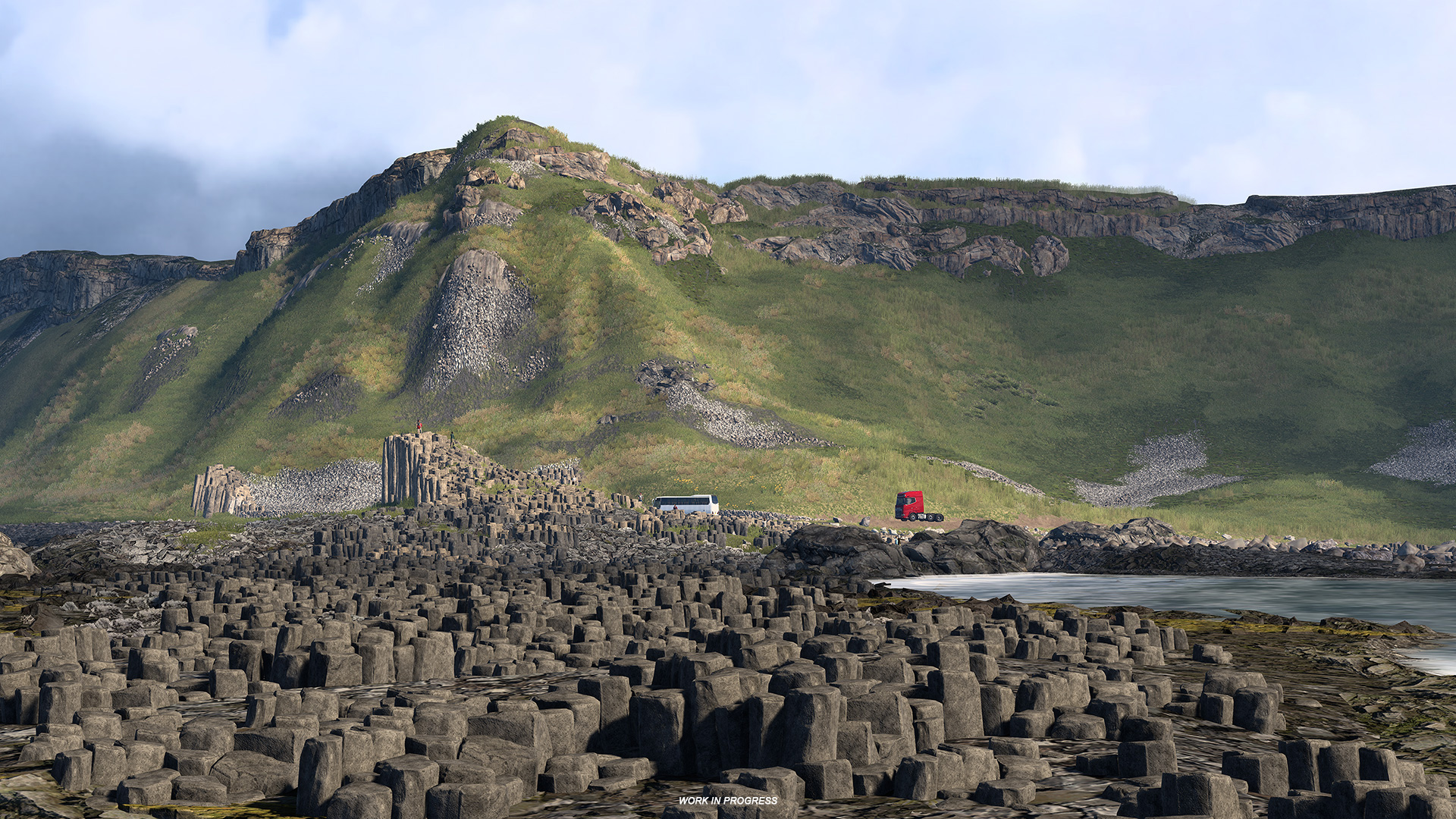
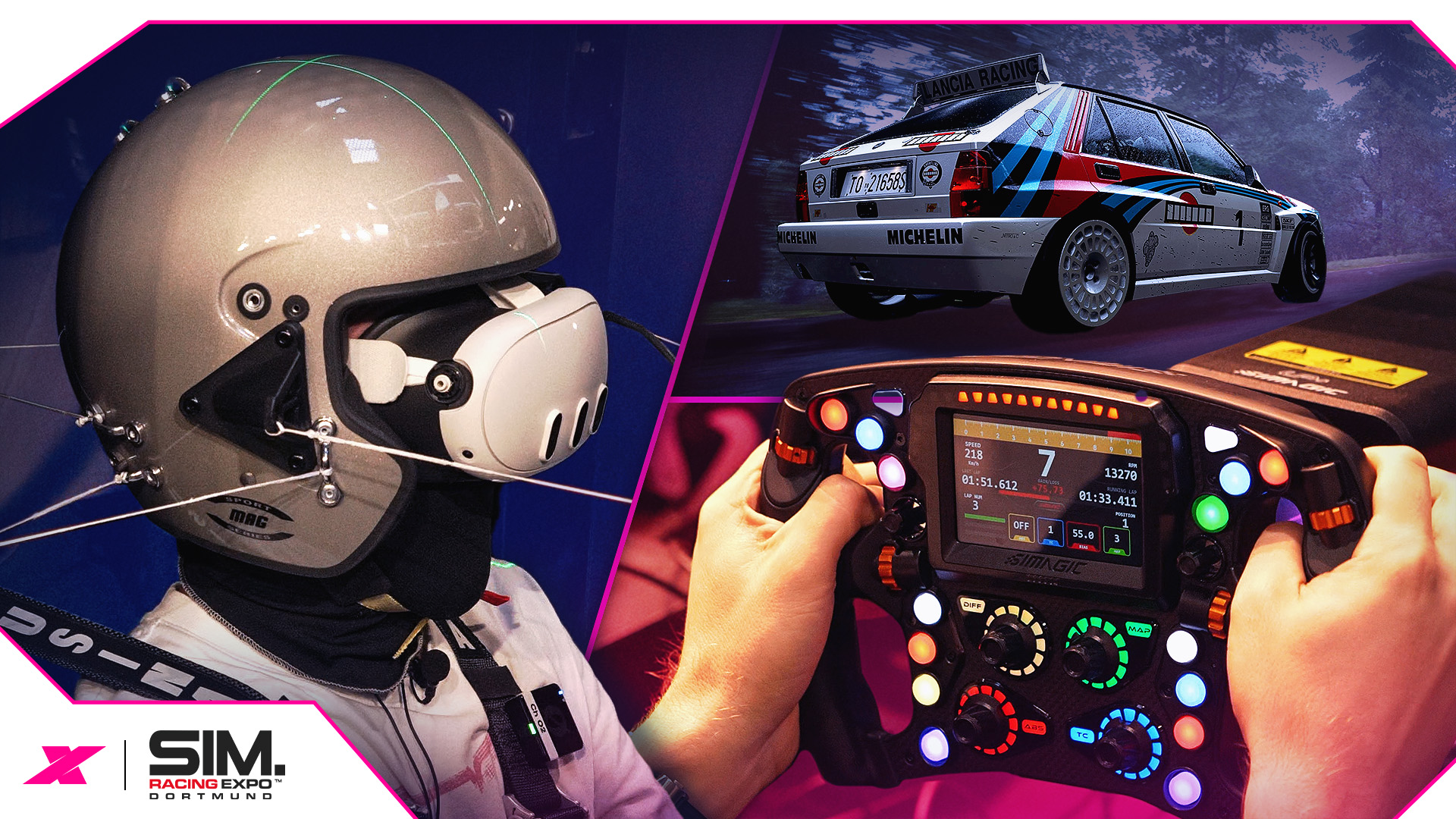

Chat with the Community
Sign Up To CommentIt's completely Free